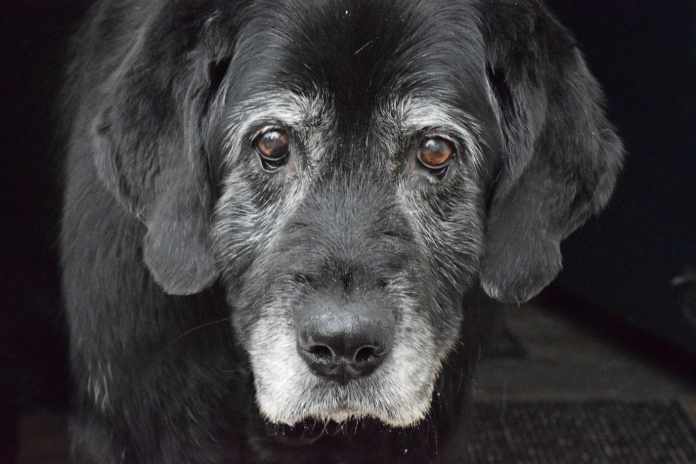Many factors need considering whether to leave a dog without a caretaker to check in and periodically take them for a walk throughout the day to relieve themselves while you are working. All pet parents want to ensure they make the right choices before heading out and leaving puppy alone for an extended period.
A dog can generally hold their urine for a long time, but you need to research to learn at what point is asking too much of the canine. There are times parents believe training renders a dog capable of unattainable goals like not peeing for extended hours at one time and expecting no accident. That is a little much to ask of a poor pup. Can you do that?
If you are coming home to frequent “evidence” that the day has gone on too long, or even if your dog is acting as a true champion, it’s essential to speak with the animal’s regular vet concerning urinary health. In this way, you can make an informed decision regarding a typical day in the life of your furry friend. Check out this guide for dogs that can be left alone for hours.
Factors To Consider Before Leaving A Dog Alone To Hold Its Urine
A pup left alone for extended periods without the ability to use the bathroom may represent dog training for some people, especially if the animal goes the entire time without urinating or defecating in the house, but how does that affect their health?
When the time comes for you to decide either on adopting a dog or whether to go to work for long hours, whether the pup can hold its urine will have a basis in several factors, including the breed’s:
- Size
- Conditioning – overall health
- Nutritional plan
- Age
A visit to a veterinarian will give you the knowledge that you need to understand better what the canine warrants as far as bathroom breaks and allow you to create a regimented daily routine to prevent an unhealthy need to withhold proper bodily functioning.
- Breed Size: The type of breed, particularly the size, is among the primary factors. If you have a toy/small breed, these pups have teeny tiny bladders in comparison to a much larger counterpart.
Check out various breeds online at https://www.holistapet.com/dog-breed-guide/. But that does not mean the large canine breed will be able to withstand extensive durations without a break. It can, though, affect potty training leading many pet parents to invest in “pee pads” for the wee ones.
- Health: Health ailments can play a role in the need to urinate on a more frequent basis, such as kidney issues, urinary tract conditions, specific weight problems, or diabetes. Some medications can also contribute to the problem or create a diuretic reaction.
Not only will the animal require more breaks outside, but he will need a visit to the vet to find out the underlying issue. The vet can address the problem and hopefully correct it so puppy can become comfortable again.
- Nutrition: What you feed the dog can induce the need for more bathroom visits, particularly wet or raw varieties of food. These might create an issue for you as far as needing to take the dog outside more often, but the hydration is genuinely beneficial for his health.
The diet, rich in moisture, helps with puppy’s digestion and releases the various bacteria and toxins that can build up within the body. Dogs restricted to merely dry food will pee less frequently but lose those health benefits.
- Age: The canine’s age is the most prominent reason for you to bring someone in to allow for potty breaks for those little young puppies. They might not be fully potty-trained and cannot hold pee as long as an older dog can, mostly because their bladders are underdeveloped and undersized, as are their urinary tracts.
Part of the training process with the little pups is to build up the muscles used in contracting when releasing and holding the bladder, which needs to develop.
On the other side of the coin, senior dogs can begin to lose control of these muscles in time as age progresses, and these weaken. There is also a range of ailments that can require the need to go outside more frequently.
In making preparations for leaving your dog alone, guidelines suggest that a new puppy less than six months old is to go out at least every one to three hours and for a pup older than 12 every two to four hours.
Your priority is to maintain your dog’s health over anything else. If you know you will be gone for an extended period in a given day, have a sitter check in periodically. It is for the greater good of your faithful friend.










